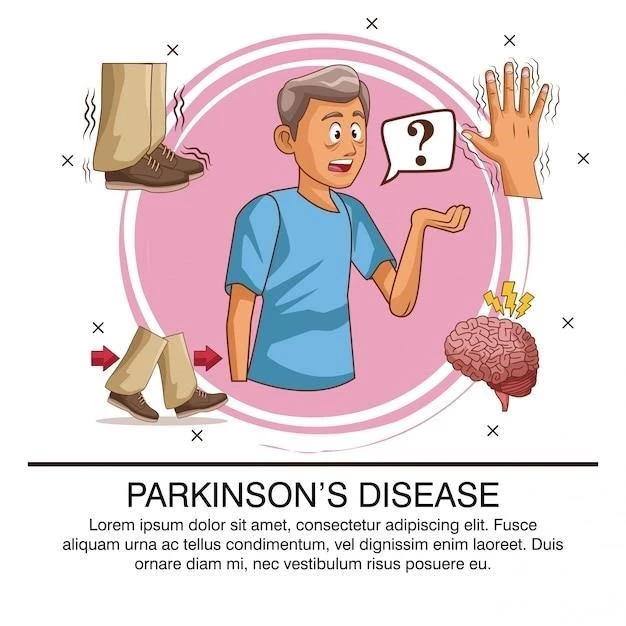Introduction to Whyte-Murphy Syndrome
Osteosclerosis associated with specific signs, symptoms, and mutations constitutes the Whyte-Murphy Syndrome, impacting skeletal health.
Whyte-Murphy Syndrome, also known as Osteopathia striata-pigmentary dermopathy-white forelock syndrome, is a rare genetic condition characterized by specific skeletal abnormalities and dermatological features. The syndrome is linked to mutations in the WTX gene, impacting bone health and pigmentation.
Symptoms and Clinical Presentation
Whyte-Murphy Syndrome is characterized by specific skeletal abnormalities and unique dermatological features.
Association of Osteopathia Striata
Whyte-Murphy Syndrome is characterized by the presence of longitudinal striations in bones, dermatological pigmentation, and distinct hair discoloration.
Macular Hyperpigmented Dermopathy
The distinct macular hyperpigmented dermopathy is a notable characteristic of Whyte-Murphy Syndrome, contributing to its clinical presentation and diagnostic criteria.
White Forelock
The presence of a distinctive white forelock is a key feature of Whyte-Murphy Syndrome, contributing to the unique appearance associated with this condition.
Definition and Overview
Whyte-Murphy Syndrome, also known as Osteopathia striata-pigmentary dermopathy-white forelock syndrome, is a rare genetic condition characterized by specific skeletal abnormalities and dermatological features. The syndrome is linked to mutations in the WTX gene, impacting bone health and pigmentation.
Mutation in the WTX Gene
Whyte-Murphy Syndrome is associated with mutations in the WTX gene, contributing to the unique skeletal and dermatological manifestations seen in affected individuals.
Diagnosis and Testing
Diagnosis of Whyte-Murphy Syndrome involves radiographic examinations for longitudinal striations in bones and dermatological assessments for hyperpigmentation.
Radiographic Examination for Longitudinal Striations
Diagnostic procedures for Whyte-Murphy Syndrome involve radiographic imaging to identify longitudinal striations in bones, aiding in accurate diagnosis.
Dermatological Assessments for Hyperpigmentation
Dermatological assessments for hyperpigmentation play a crucial role in the diagnostic process of Whyte-Murphy Syndrome, aiding in the identification and characterization of skin manifestations associated with the condition.
Treatment Approaches
Management of osteopathia striata and addressing dermatological symptoms are key aspects of treating Whyte-Murphy Syndrome.
Management of Osteopathia Striata
The treatment approach for Whyte-Murphy Syndrome focuses on managing osteopathia striata, a key aspect of the condition that impacts skeletal health.
Addressing Dermatological Symptoms
Addressing dermatological symptoms involves a comprehensive approach to manage the unique skin manifestations associated with Whyte-Murphy Syndrome.
Prognosis and Complications
Impact on bone health and function are crucial considerations in understanding the prognosis and potential complications of Whyte-Murphy Syndrome.
Impact on Bone Health and Function
Understanding the impact of Whyte-Murphy Syndrome on bone health and function is essential for determining the prognosis and potential complications associated with the condition.
Advocacy organizations for rare diseases provide crucial support, information, and community for individuals with Whyte-Murphy Syndrome.

Support Groups and Community Resources
Advocacy organizations for rare diseases offer crucial support and community resources for individuals and families affected by Whyte-Murphy Syndrome.
Research and Latest Developments
Advances in understanding Whyte-Murphy Syndrome involve ongoing research into the genetic basis and potential therapeutic avenues for this rare condition.
Advances in Understanding Whyte-Murphy Syndrome
Ongoing research efforts continue to advance our understanding of the genetic basis, clinical manifestations, and potential therapeutic avenues for Whyte-Murphy Syndrome, shedding light on this rare condition’s complexities.
Other Related Syndromes and Differential Diagnoses
Comparison with Vascular Ehlers-Danlos Syndrome provides insights into distinct features and differential diagnoses associated with Whyte-Murphy Syndrome.
Comparison with Vascular Ehlers-Danlos Syndrome
When comparing Whyte-Murphy Syndrome with Vascular Ehlers-Danlos Syndrome, distinct features in skeletal and dermatological manifestations help differentiate between these related conditions for accurate diagnosis and management.
Living with a rare genetic condition like Whyte-Murphy Syndrome requires strength, resilience, and a supportive network for patients and their families.
Patient Perspectives and Coping Strategies
Living with a rare genetic condition like Whyte-Murphy Syndrome requires strength, resilience, and a supportive network for patients and their families.
Patients with Whyte-Murphy Syndrome benefit from a multidisciplinary approach to care, involving specialists in various fields for comprehensive management.
Healthcare Provider Recommendations
Patients with Whyte-Murphy Syndrome benefit from a multidisciplinary approach to care, involving specialists in various fields for comprehensive management.
Case Studies and Clinical Presentations
Reported cases of Whyte-Murphy Syndrome highlight the unique skeletal and dermatological features seen in affected individuals.
Reported Cases of Whyte-Murphy Syndrome
Case studies of individuals with Whyte-Murphy Syndrome provide insights into the specific skeletal and dermatological features exhibited by affected patients, contributing to a better understanding of this rare genetic condition.
Global Prevalence and Epidemiological Insights
Rarity of Whyte-Murphy Syndrome highlights the importance of understanding its epidemiology and global prevalence.
Rarity of Whyte-Murphy Syndrome
Whyte-Murphy Syndrome is a rare genetic condition, emphasizing the need for further research on its epidemiology and global prevalence.
Potential therapeutic avenues are being explored to enhance the management and treatment of Whyte-Murphy Syndrome, focusing on improving patient outcomes and quality of life.
Future Directions in Research and Treatment
Potential therapeutic avenues are being explored to enhance the management and treatment of Whyte-Murphy Syndrome, focusing on improving patient outcomes and quality of life.
Public Awareness and Education Initiatives
Promoting understanding of rare genetic conditions like Whyte-Murphy Syndrome is essential to raise public awareness and support education initiatives.
Promoting Understanding of Rare Genetic Conditions
Public awareness initiatives are essential to foster understanding and support for individuals impacted by rare genetic conditions like Whyte-Murphy Syndrome.

Conclusion and Key Takeaways
The understanding and management of Whyte-Murphy Syndrome are crucial for improving patient outcomes and quality of life. Public awareness, research advancements, and healthcare provider recommendations play essential roles in addressing this rare genetic condition.
